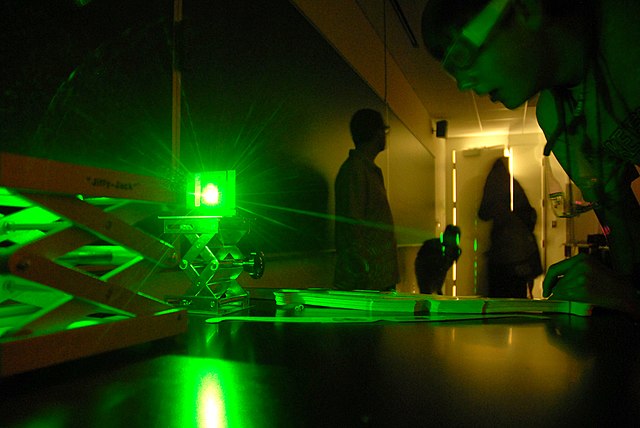The landscape of global science and technology is witnessing a shift in power dynamics, with China making significant strides and surpassing South Korea in advancements across 136 key technologies for the first time in 2022, according to a report by South Korea’s Ministry of Science and ICT.
This report, which uses the US as the baseline and compares development levels every two years, reveals a narrowing gap between China and the US. In 2020, both South Korea and China were 3.3 years behind the US in technological prowess. However, by 2022, China had closed the gap slightly, trailing the US by three years, while South Korea fell to 3.2 years behind.
While South Korea acknowledges the superior technological advancement of the US, the EU, and Japan, the report highlights a growing concern within the nation regarding being surpassed by China, a country it previously held a science and technology advantage over. This anxiety has led to discussions in South Korea about potentially imposing a “technological blockade” on China, aiming to restrict technological exchange and prevent the flow of cutting-edge technology.
Experts offer varying perspectives on this development. Professor Zhang Huizhi of Jilin University attributes China’s progress to its shift away from mere “imitation” towards a focus on independent technological innovation. Park Ki-soon, a professor at Sungkyunkwan University, views this as a “somewhat expected result” due to China’s growing investment and efforts in areas like artificial intelligence and semiconductors.
China’s approach involves building infrastructure, establishing development plans, and nurturing both academic and entrepreneurial talent. While its national spending on research and development lags behind the US and South Korea, China’s advantage lies in its ability to mobilize various entities, including government institutions, universities, corporations, and even defense-related organizations. This collaboration, despite potential inefficiencies, appears to be yielding significant results in certain technological areas.
However, Park acknowledges that China’s technological superiority presents a “huge burden” on South Korea, urging the nation to adopt a more focused and long-term vision for its science and technology development strategy. He emphasizes the crucial role of the government in supporting basic research by increasing the R&D budget and ensuring its efficient utilization.
While China surges ahead in specific areas like aerospace, South Korea retains its leading position in sectors like batteries and semiconductors. Experts suggest that by focusing investments and manpower strategically, South Korea can maintain its competitive edge in select domains.
This evolving landscape underscores the intensifying competition between China and South Korea within the global manufacturing sector. As China continues to invest heavily in science and technology, South Korea faces the challenge of adapting its approach to remain competitive in the years to come.

